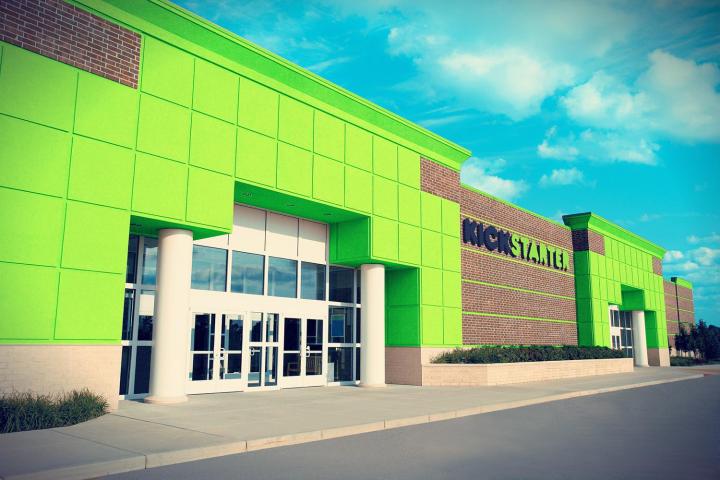
In 2012, after the success of a variety of high-profile projects including the Pebble smartwatch and the Android-based Ouya video game console, both of which are now mainstream products available from a variety of major retailers, and a number of notable failures, Kickstarter wanted to make one thing straight: Kickstarter is not a store.
People use Kickstarter to make purchases, not simply to back projects.
“It’s hard to know how many people feel like they’re shopping at a store when they’re backing projects on Kickstarter, but we want to make sure that it’s no one,” the crowdfunding company wrote in a September 2012 blog post.
Kickstarter backed up this clarification with a number of changes to its rules: Project creators must include a “Risks and Challenges” section on their campaign pages, where they outline both the ways a project might fail and how the creators plan to overcome those challenges. In doing so, Kickstarter wrote, backers “can judge both the creator’s ability to complete their project as promised and whether they feel the creator is being open and honest about the risks and challenges they face.”
Kickstarter also mandated that hardware projects could not use realistic product simulations or product renderings that might trick potential backers into believing the creators are further along than they are. And finally, creators of hardware and product design campaigns would henceforth be “prohibited” from offering “multiple quantities” of a reward, unless it makes sense to offer, say, a pair of something rather than just one.
These additional guidelines were put in place primarily in response to criticism about Kickstarter projects that never made it to market – but also to “reinforce that Kickstarter isn’t a store.” So, after a heated debate over this issue sprung up on Digital Trends last week, I have to ask: Did it work?
If the language Kickstarter backers and creators use to describe projects on the site is any indication, the answer is a resounding “No!”
Take, for example, the newly launched project for AirDrone for the Pocket Drone, an unmanned aerial vehicle made specifically for photographers looking to get some birds-eye-view shots while on the go. It flew past its fundraising goal of $35,000 in a fraction of its allotted fundraising time, and has since raised more than $315,000 with 46 days left before its funding deadline arrives.
While the device itself seems downright awesome, and the Pocket Drone’s project page is not particularly unique, a quick look at the company’s independent website reveals exactly how AirDrone sees Kickstarter’s function:

That’s right – “Click now to buy on Kickstarter.” Clearly, the AirDrone folks are willing to admit something that Kickstarter itself is not.
I certainly don’t mean to pick on the Pocket Drone, nor do I think AirDrone are doing anything wrong. They are simply stating the obvious: People use Kickstarter to make purchases, not simply to cast money at things that look neat. The same is true for all types of projects, many of which explicitly state that certain levels of backers (the ones who “donate” at least as much as the approximate retail value of a product) are “pre-ordering” the Kickstarted thing. The “backing” language may be accurate, but we all know it’s also only half true.
Buying, pre-ordering – terms like these are common when talking about Kickstarter projects, often because we don’t have language to explain what Kickstarter really is – “a new way for creators and audiences to work together to make things,” as a company spokesperson described it to me in an email. But there’s another, more problematic, issue at hand: The rewards themselves.
If you choose to plunk down a significant amount of cash on Kickstarter, remember this important warning: Shop at your own risk.
Even without describing backers as “customers” or claiming that they are “buying” a product, project creators across the Kickstarter universe almost without fail offer whatever product they are creating as a reward for higher-level backers. Look through the list of Technology projects on Kickstarter, for example, and try to find even one that doesn’t promise a product in return for pledging a certain amount of money. (You probably won’t find a single one.) In doing so, I believe, they perpetuate the misconception that Kickstarer is a store; indeed, the act of doing so turns that misconception into reality. By allowing users to receive a product in return for money, Kickstarer isn’t just like a store – it is a store. No amount of technicalities or functional nuance changes that.
This is a problem for Kickstarter – and its unclear how, or if, the company plans to deal with it. (Kickstarter’s team did not immediately our request for comment on this particular issue.) During the 2012 uproar over failed products, Kickstarter further mucked up matters by calling itself a “marketplace” – one that refuses to issue refunds itself “since transactions are between backers and creators.” (The company does, however, make efforts to rectify the situation when scammers try to have their way.) It is this middle-man role that I think creates all this confusion; Kickstarter cannot call itself a store because it does not offer the same guarantees of satisfaction we expect from other retail outlets. In other words: It’s protecting its bottom line.
So, if you choose to plunk down a significant amount of cash on Kickstarter, remember this important warning: Shop at your own risk.


